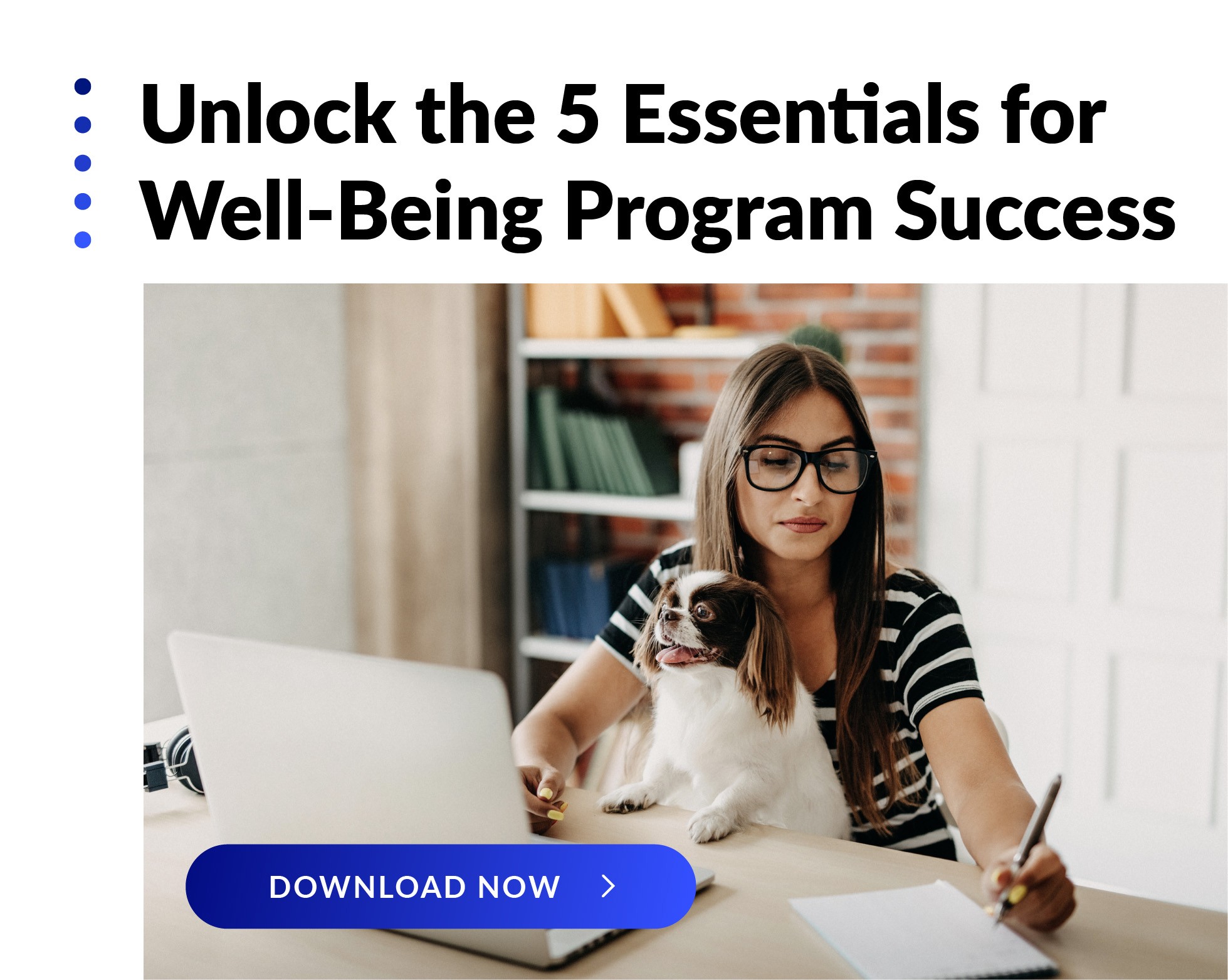 The best health coaching program in the world won’t initiate change unless people know about it and use it. Engagement activities, which consist primarily of communications and incentives programs, are critical to the success of your health coaching initiative. But they need to be done right. Based on our experience, here are our top 7 elements to drive coaching engagement rates:
The best health coaching program in the world won’t initiate change unless people know about it and use it. Engagement activities, which consist primarily of communications and incentives programs, are critical to the success of your health coaching initiative. But they need to be done right. Based on our experience, here are our top 7 elements to drive coaching engagement rates:
1. Trust
When people are identified for health coaching, they can have all kinds of concerns. Why me? What will this cost? How is my privacy protected? What’s the benefit for me to participate? Who’s providing this service? If your population understands and believes in your reasons for offering health coaching, they’ll be much more likely to pick up the phone and talk to a coach.
2. The right contact information
Sometimes it’s the simple things that make a difference. If you want to talk to people, you need to be able to call them. Phone numbers should be a required field in the health risk assessment (HRA) that is used to identify coaching-eligible individuals.
3. Leveraging the teachable moment
As people fill out the HRA, they’re thinking about their health and their concerns. If you make them aware of their coaching eligibility immediately on completing the HRA, you’ve caught them at a “teachable moment.” They’re more likely to engage when presented with a timely, relevant, and personalized resource.
4. Timely and effective outreach
We’re all more willing to participate in something new if it’s presented in a way that’s convenient and respectful. Let people list preferred days and times for contact, and then meet those requests.
5. Quality of coaches
Once you engage people initially, you need to keep them engaged over time in order to see results. While communications and incentives are still important, the main thing that will keep people coming back is their experience with their coach. Coaches who bring specialized training and skills to guide behavior change, and who people like to work with, will keep your population engaged.
6. Personalized messaging
You know the expression, “out of sight, out of mind.” Keep coaching top-of-mind with ongoing, motivational messaging, both online and offline, that explains the value of health coaching and encourages continuing participation.
7. Relevant incentives
Is good health its own reward? Although change ultimately has to be driven through intrinsic motivation, extrinsic motivation through rewards is an important tool for raising awareness and introducing employees to tools and resources they can use to change their health behaviors. Over time, you can reward people for taking action, working toward health goals, and actually improving their health.
Here are a few bonus tips for communicating about health coaching:
- Position it as a free benefit and make it feel personal
- Promote it in launch and welcome materials
- Repeat key messages
- Send reminder e-mails to those who have not scheduled a call but are eligible
- Remind people of their scheduled appointments and goals (using integrated system tools)
- Send motivational messages to encourage participants throughout their programs
Want to learn more about health coaching engagement? Download our e-book, “The Essential Guide to Health Coaching” that includes an entire engagement section with details on communications, rewards, planning, and strategies.

